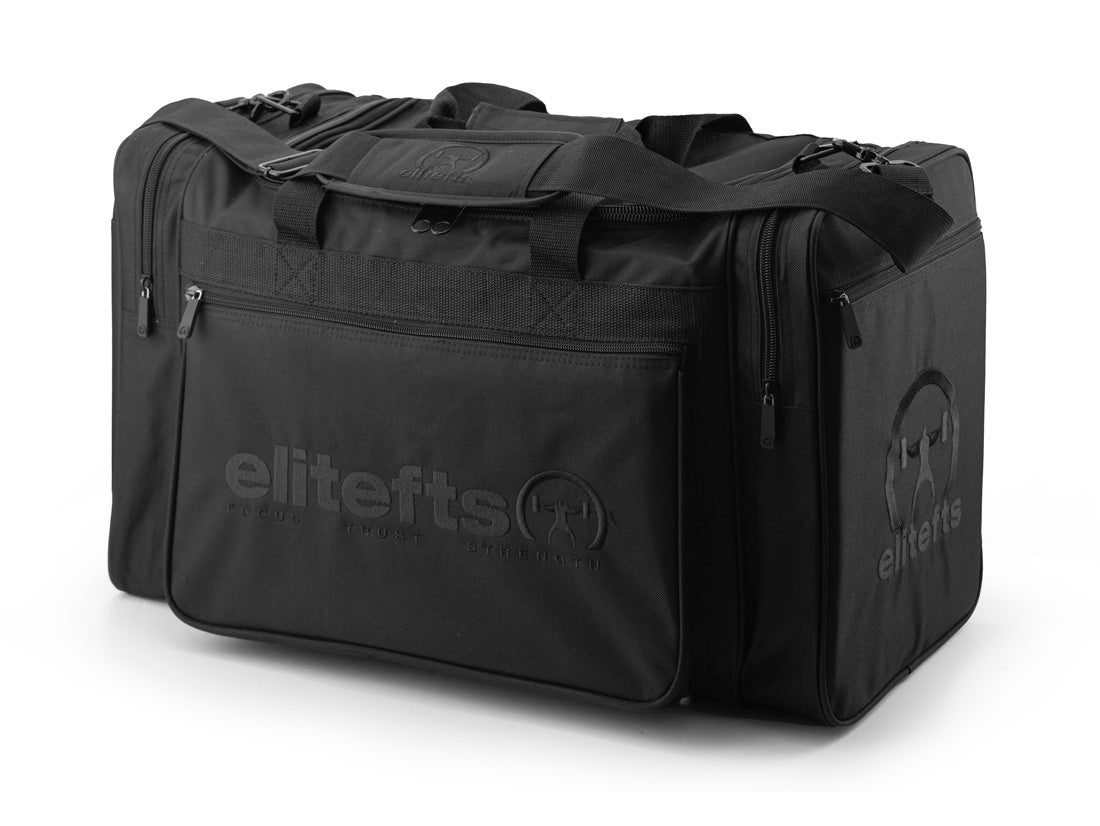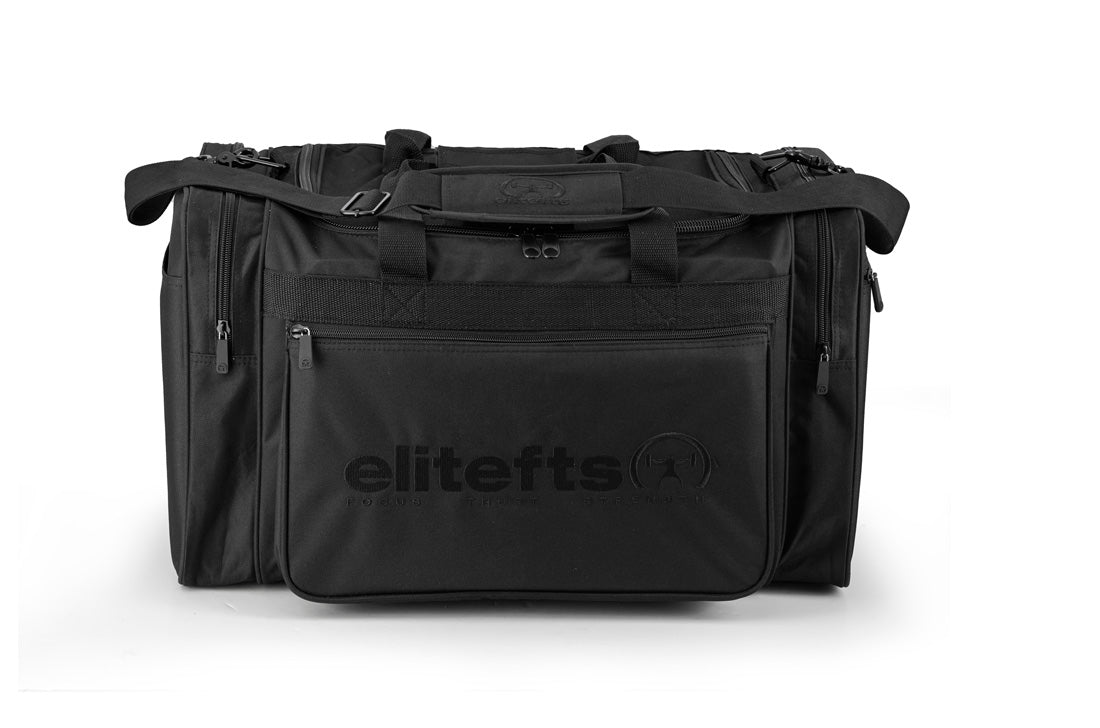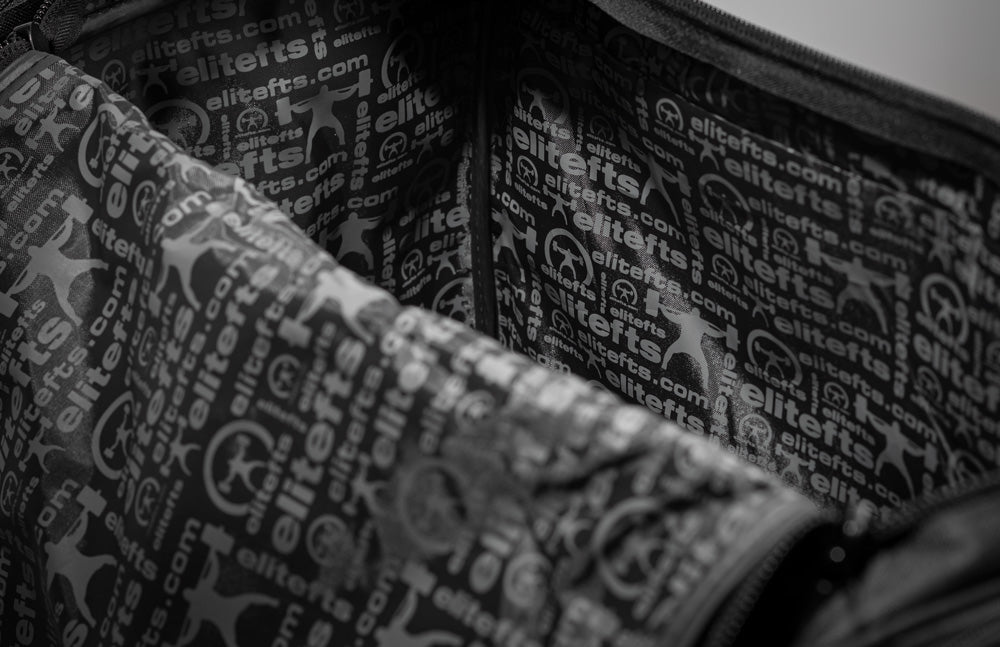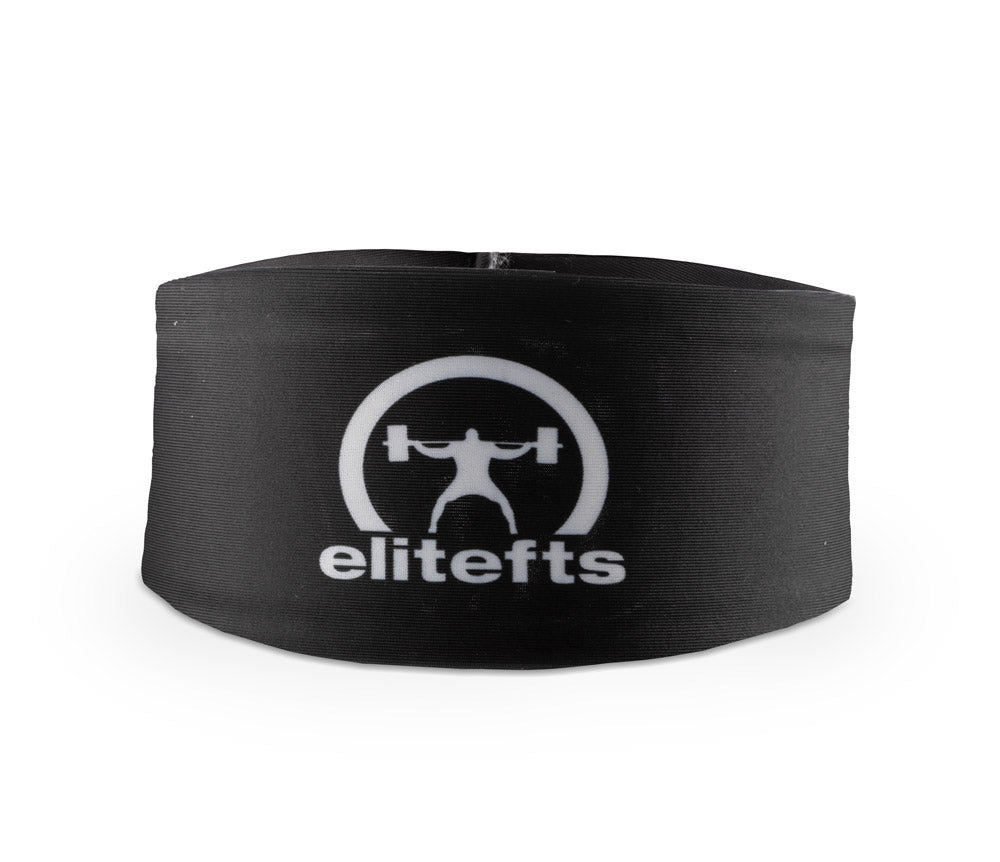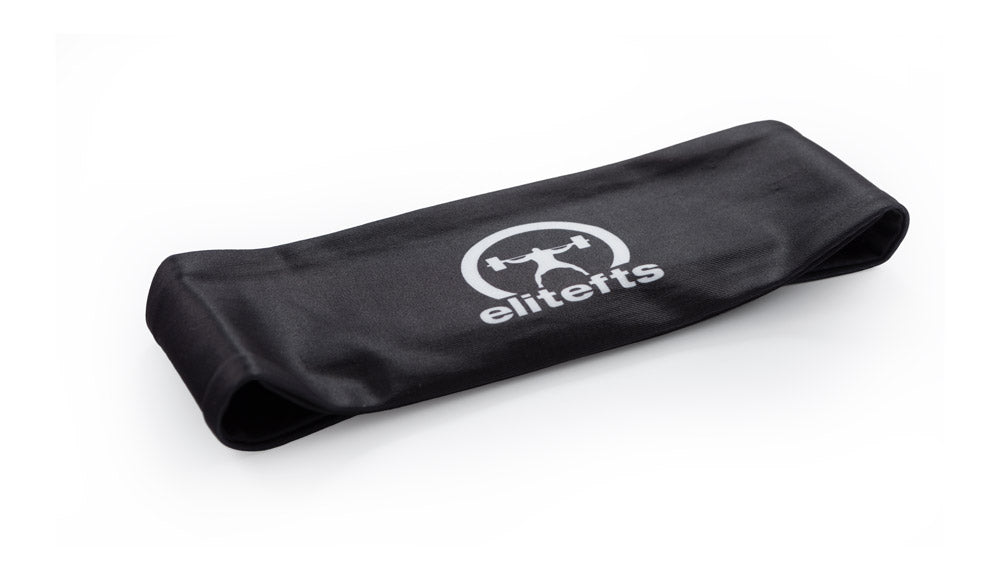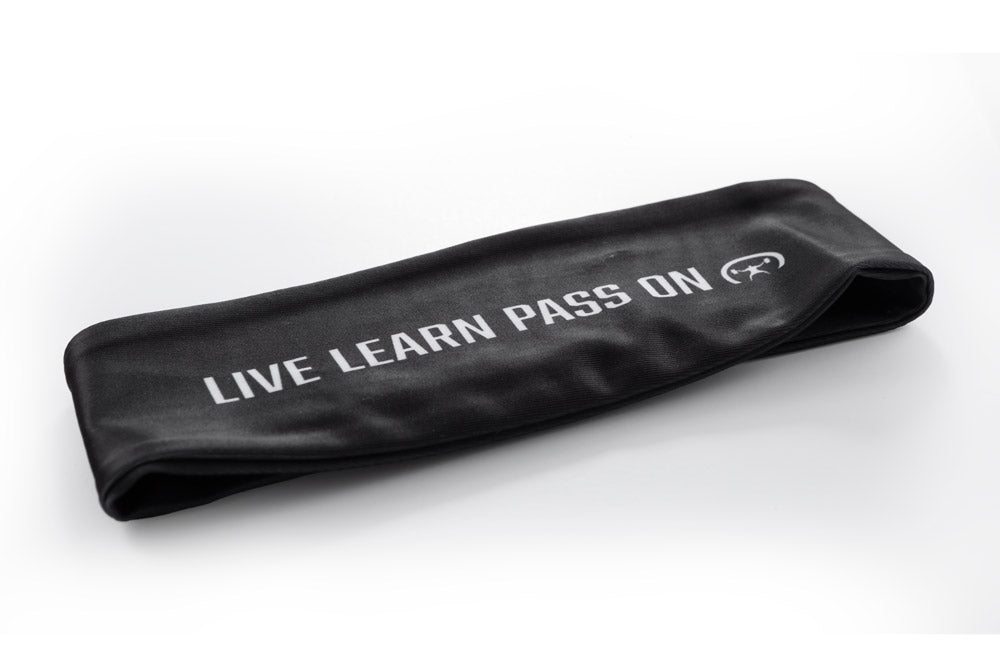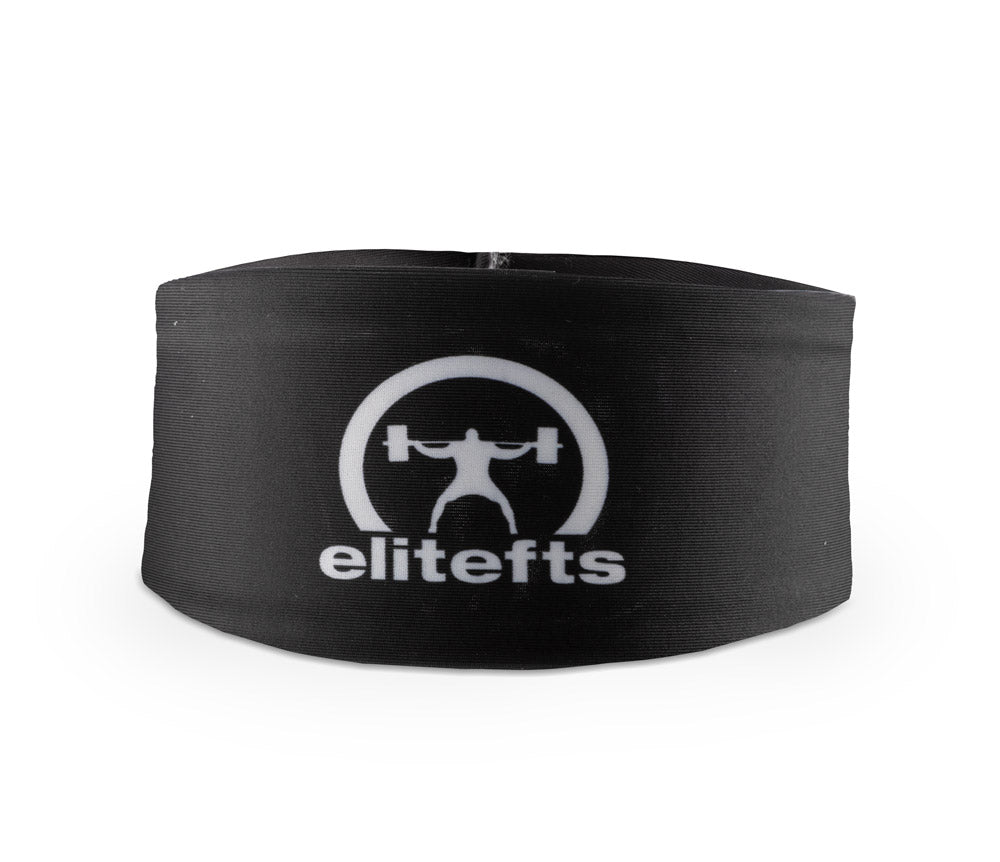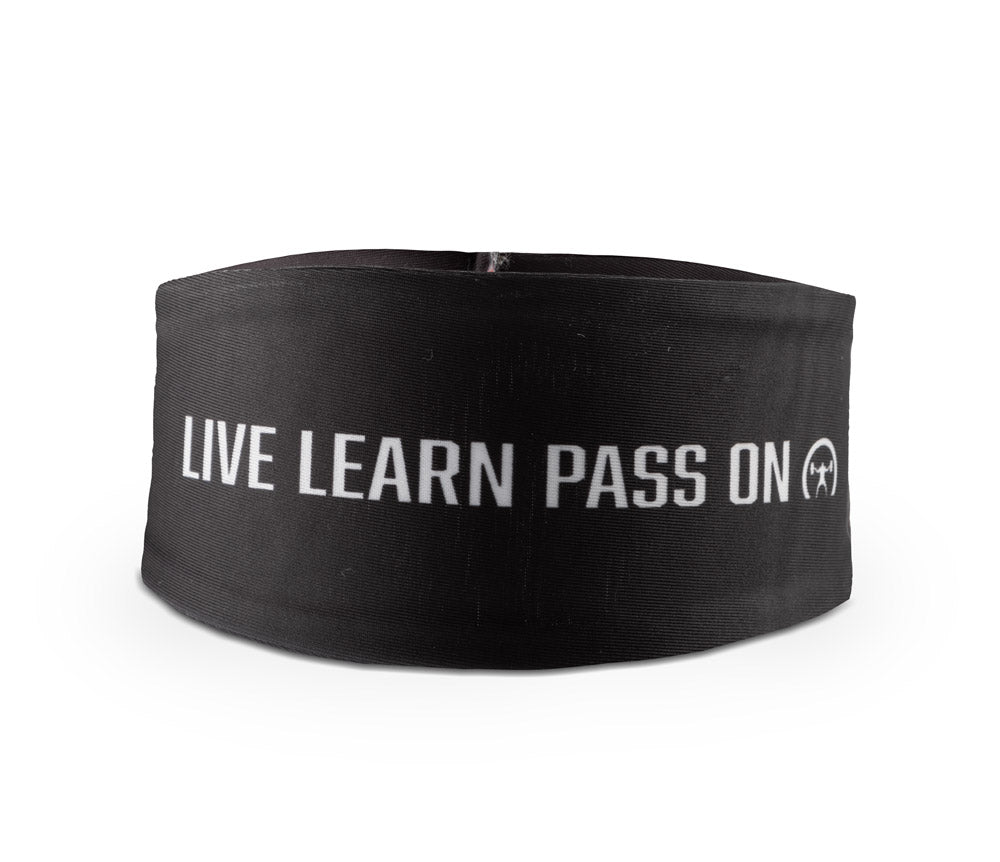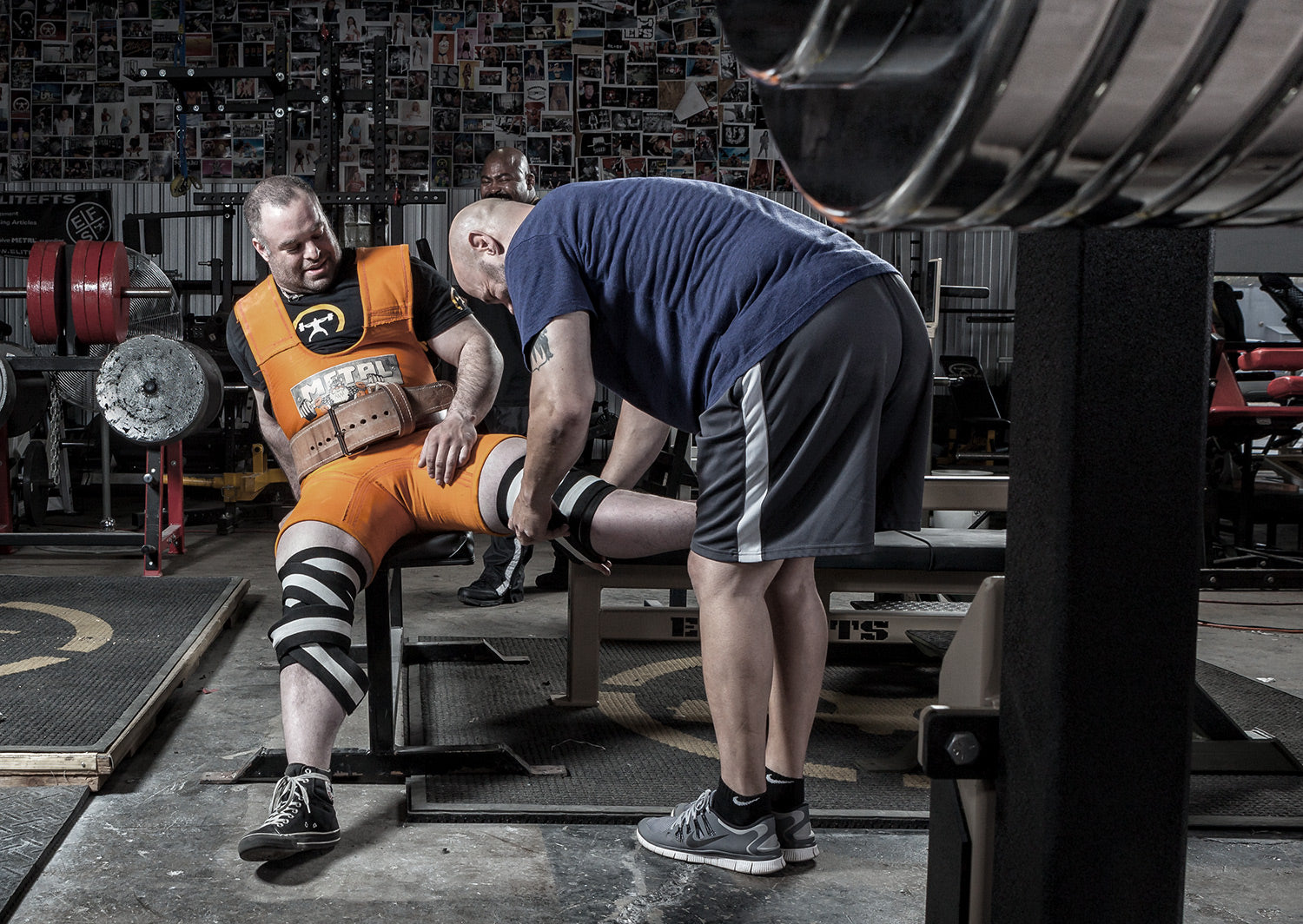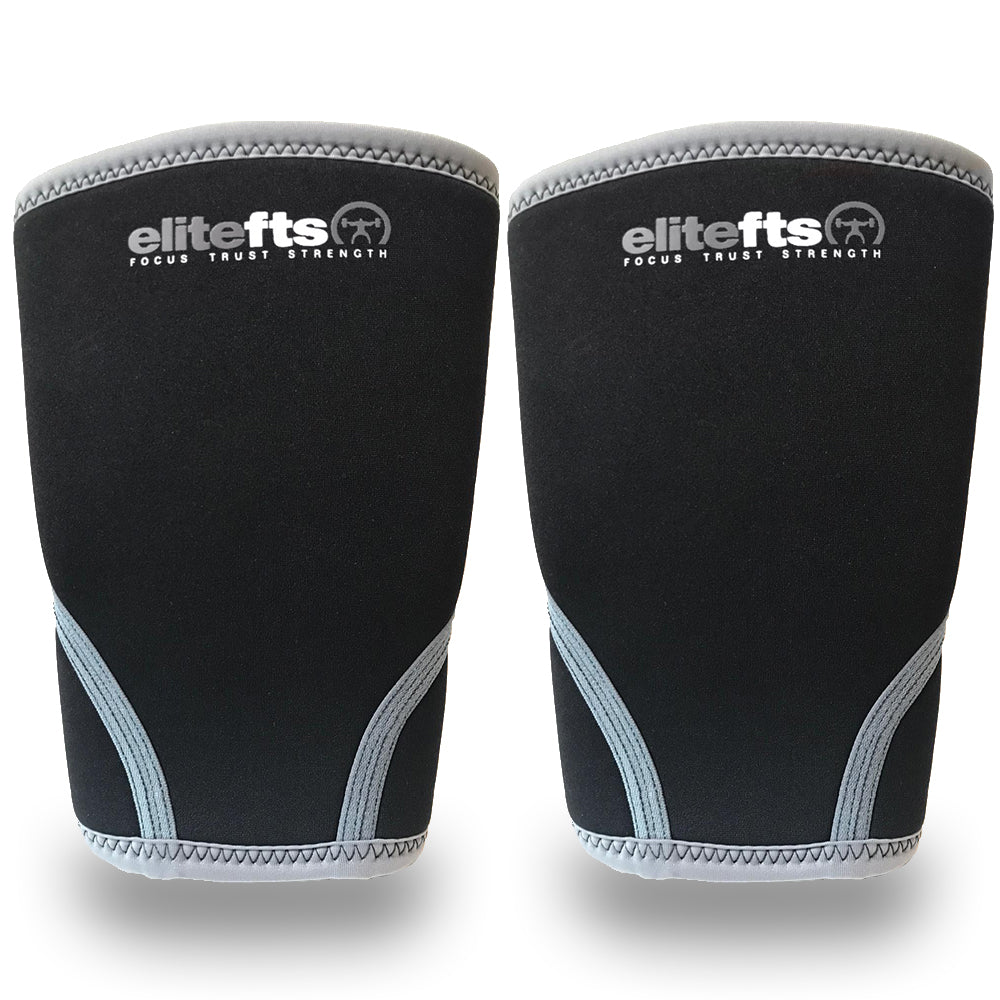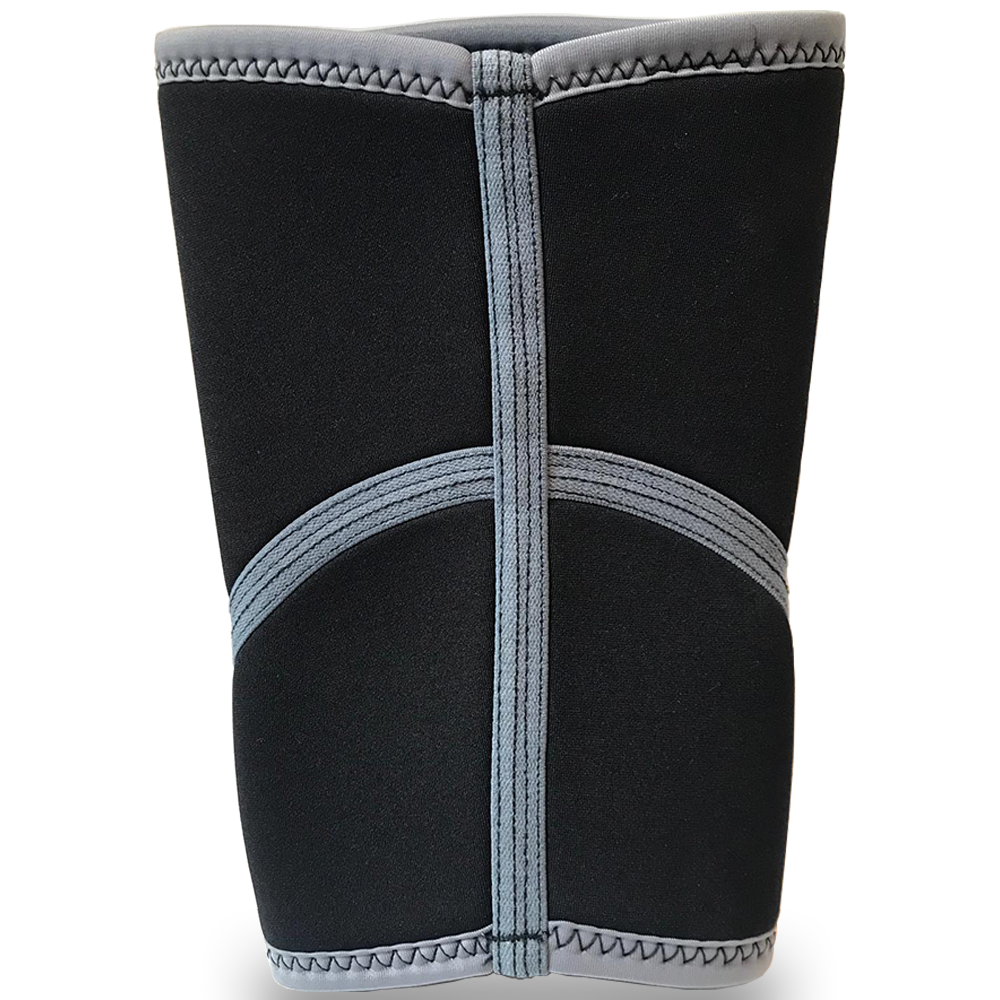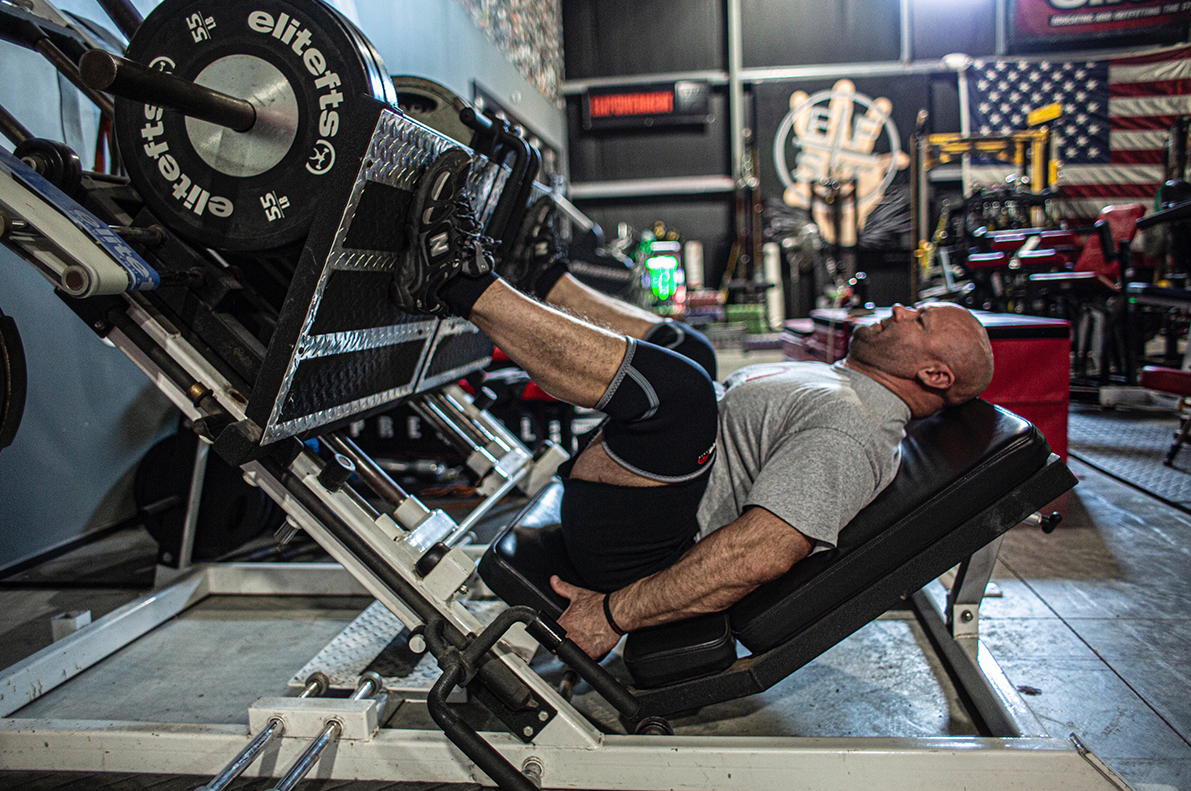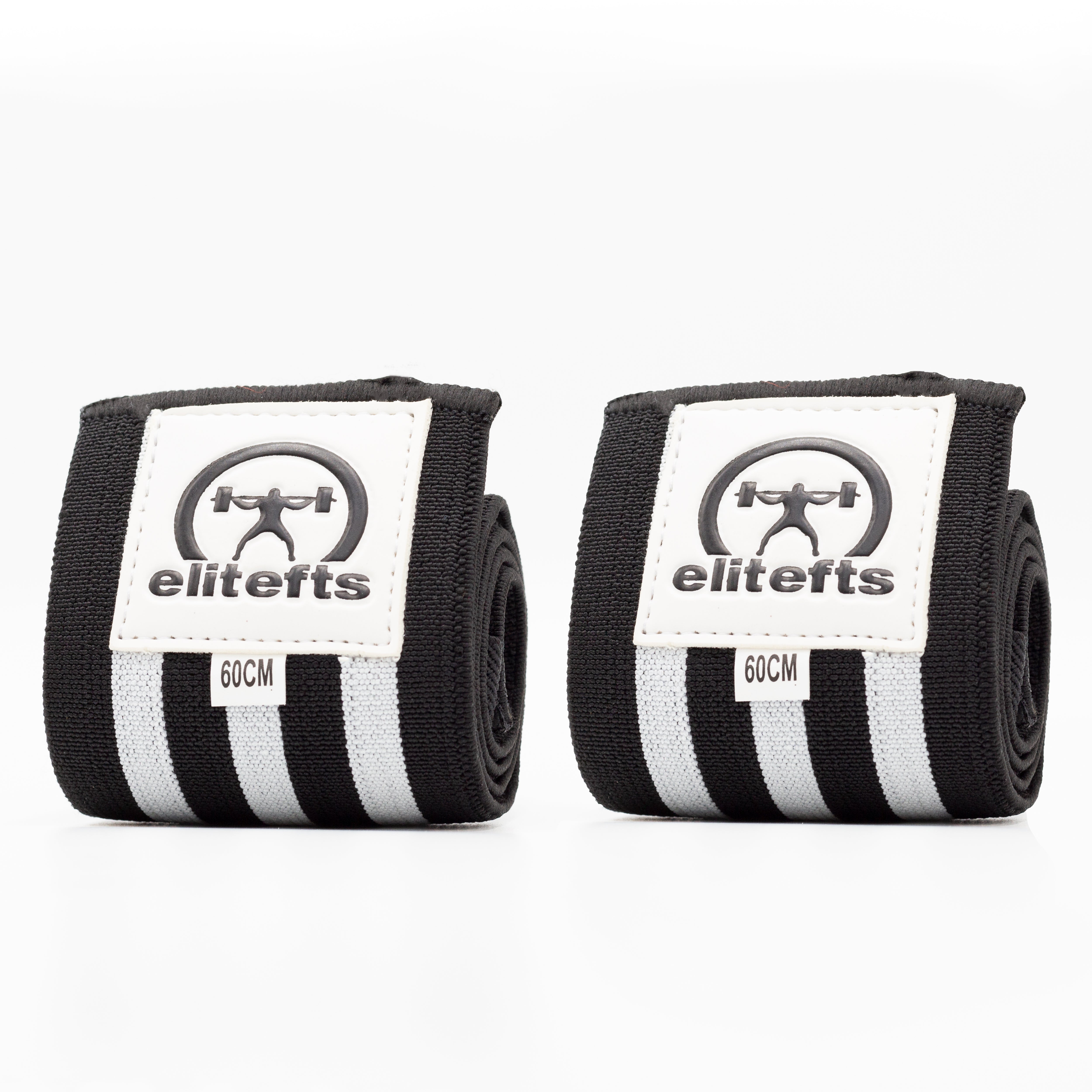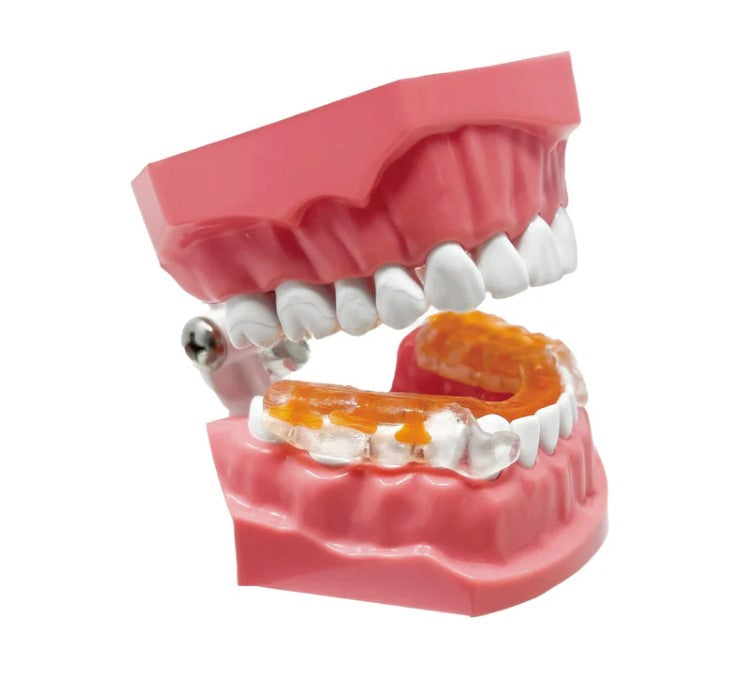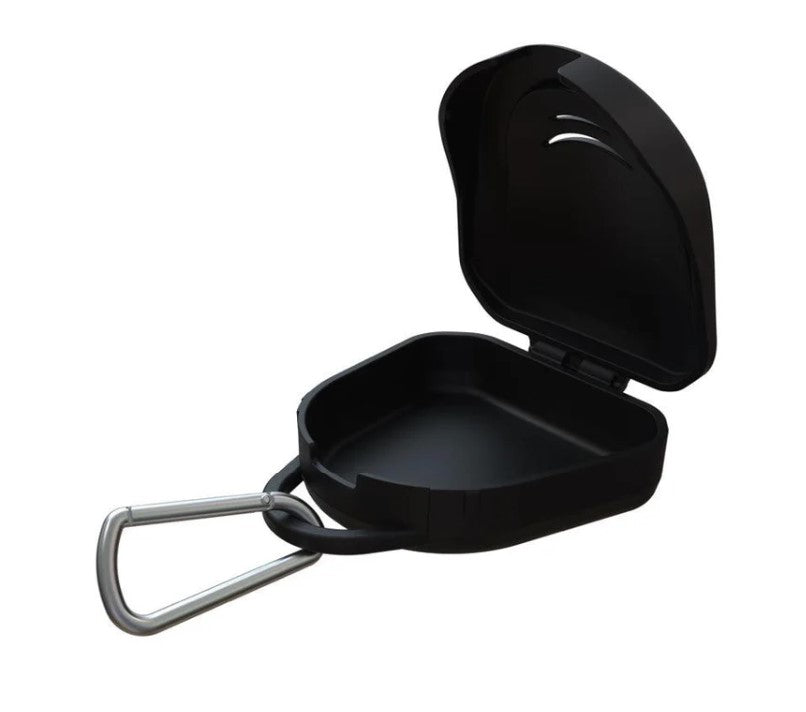You know why you don’t have any transfer from your box squat to your normal squat? I can tell you it’s not because the
box squat only works for
multi-ply lifters. It’s because you’re doing it wrong. I see it all the time.
But don’t worry. I'll tell you how to fix it. Your normal squat will go BOOM before you know it.
Advantages of Box Squatting
First, let me tell you why you should box squat. The box squat provides many advantages that a free squat does not:- You recover faster from a box squat since you are using less weight than you use when free squatting.
- A box squat is easier to teach than a free squat.
- You always know when you have reached proper depth. You are a powerlifter, so squat like one.
- Most stress is placed on the most important muscles for squatting. This is because you can sit back further, which places most of the stress on the hamstring and hip muscles.
- If you use a wide stance and a low box, you will get more flexible in your hips and groin.
- The box squat will improve explosiveness and maximal strength due to the “static-overcome-by-dynamic” and “relaxed-overcome-by-dynamic” principles. Don’t worry, I will explain those a little later.
Mistakes You Are Making
If you have no carryover to your regular squat, then you are probably making one of these mistakes:- You are not sitting back far enough; thus, the stress is not placed on the right muscles.
- You are standing too wide, so you just fall onto the box.
- You are using the box to make yourself stop. This way, your spine will take the brunt of the load.
- You are losing tension on the box. You don’t develop explosive power.
Back in the Good Ol' Days
The box squat has been used by lifters for more than 40 years. Bill West, who was the founder of the original Westside Barbell Club in Culver City, California, already wrote about the box squat in 1970. In this gym, Pat Casey performed the box squat regularly. He was the first man to do an 800-pound squat and later the first man to achieve a 2,000-pound total. George Frenn also trained at this gym. He was the first man to total 2,100 pounds, including an 855-pound squat. Like Pat Casey, George Frenn performed the box squat regularly.Nowadays, there are a lot of strong athletes coming from the modern-day Westside, and all of these athletes lift in multi-ply competitions. That is why this gym is responsible for the renewed popularity of the box squat. Yet, it is also responsible for generating a lot of controversy regarding the box squat. It gets flak for being solely a good exercise for multi-ply lifters, but that’s just plain wrong. There are a lot of lifters who lift without squat suits and briefs. Most of them have no transfer from their box squat to their regular squat., thus adding to the reputation of the box squat being an exercise only fit for multi-ply lifters. However, there were no squat suits or briefs of any kind back when Pat Casey and George Frenn set their records! So if the box squat worked for them 50 years ago, then it sure as hell can work for you. Just make sure to avoid those mistakes I mentioned.
Let’s start by taking a look at your position on the box:
1. Sit Back
If you are sitting on the box and your shins are pointing forward, then you are not sitting back far enough. Sitting back allows for more tension in your hamstring, glutes, low back, and hips muscles. Those are the most important squat muscles, so make sure that you’re shins are at least vertical. With a box you can sit back even more. In this way, you can place even more stress on those muscles.2. It's a Science
Don’t worry about the box squat messing up your regular squat technique. Just make sure to get your shins vertical. More on that soon...In 2010, McBride et al. published a paper called “Comparison of kinetic variables and muscle activity during a squat vs. a box squat.” They concluded that a box squat provides a very similar stimulus to the leg and lower back musculature. However, there is a big advantage to box squatting. When you keep the shins vertical or are sitting back even more, then there is no tension on your patella tendons. Are you having knee problems when squatting? Start box squatting!
3. Push, Don't Bend
The first thing you need to do in a box squat is to push the glutes back. Don’t let your chest move forward. If that happens, then you are bending and you are pushing back too far. When your glutes are pushed back, start lowering yourself by pushing the knees out. Keep everything tight and keep pushing your knees out until you are sitting on the box. Keep the chest up at all times.Make sure to sit down in a controlled manner. There is no reason you should fall backward when doing a regular squat if you can do this. You should be able to pause at any given moment doing this movement. If you’re dropping on the box, then your hips might lack flexibility. (The next tip might help with that).4. Move Your Feet Closer Together
Are you letting gravity do its work on those last few inches while you're descending on the box? If not, then your hips are probably not flexible enough in the stance you are using. Don’t worry, it will get better. But for now try this:- Start with your feet shoulder width apart and check if you can descend in a controlled manner. If you can’t, make your box a few inches higher until you can do it.
- When you have complete control during the lowering phase, start to lower the box by one inch. Maybe you are dropping on the box again. Keep practicing until you get it.
- Keep lowering the box inch by inch until you are parallel or one inch below. This ensures that you are always hitting correct depth.
- You are ready to widen your stance when you are using a box that is parallel or deeper. Start by widening your stance by one to two inches and start box squatting.
With free squats, people will always squat higher and higher when weights get heavier and heavier. By box squatting, you will always reach proper depth.
5. About Lifting RAW
Multi-ply lifters wearing briefs and squat suits need to work on reaching proper depth. The gear they wear is so supportive in the bottom that it makes reaching depth very hard, even with the equivalent of a small car on their back. If you are lifting RAW, then you don’t have this support in the hole. This has led to a lot of RAW squatters dropping on the box.
When lifting RAW, your hamstrings and hips have to work very hard in the bottom of the box squat and free squat. Sit down on the box slowly and gently and keep everything tight. Treat the box like it’s made out of a window, and you don’t want to fall through. Or treat it like a scale. Try to let the scale display the exact weight that is on the bar. This is impossible when dropping on the box.











